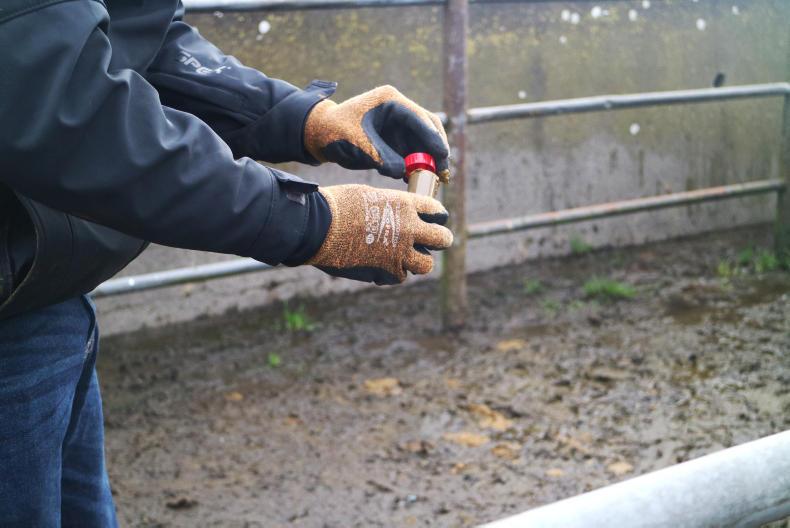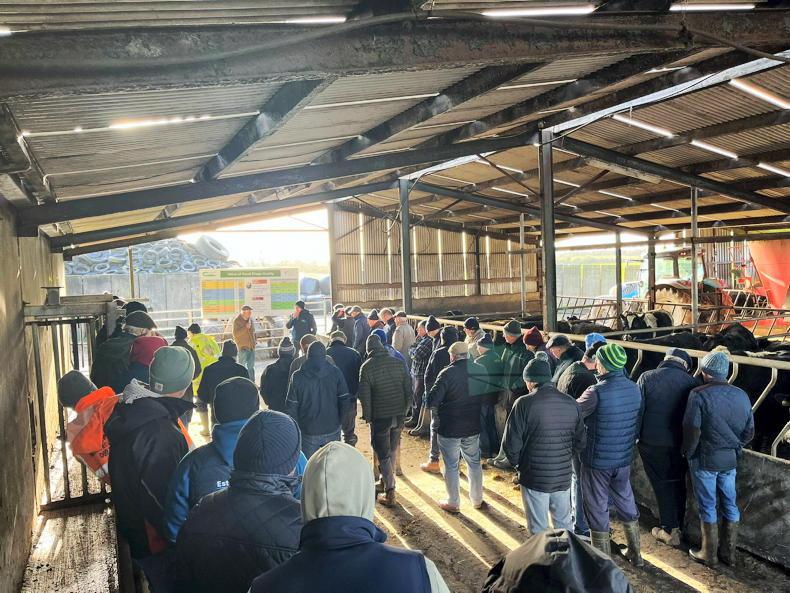Grass growth: With temperatures rising and frequent showers forecast, grass growth is likely to rocket in the coming days. This will present challenges in terms of managing grass and keeping grazing fields under control.
The most important job you will complete this week is to walk your farm. Are there some grazing fields that could be taken out for some hay if the cover was light? Anything over 10-12cm should be taken out as bales or silage. Remember to replace the nutrients you take off in the form of silage or hay with some P and K fertiliser or slurry if you have any left to spread.
Don’t be afraid to leave things tight, as grass growth will likely be above demand on drystock farms in the next two weeks. If baling very dry silage, it may be worthwhile to put an extra layer of wrap around it to help preservation. If you think silage won’t be used next winter, extra wrap will also help to keep it for a longer period.
If birds are a problem, research at Teagasc Grange has shown that netting is the best option to protect bales from bird attacks. Some people paint an “X” on bales as a deterrent when in fact it acts as a landing-point for birds. Keeping calf and lamb creep feeders away from silage bale storage areas is also a good tip.
Faecal sampling: If you are unsure of the worm burden in grazing livestock, you can take a faecal sample and get it analysed for worms by your vet or local lab.
Sending samples early in the week will avoid them being held up in post or in the lab. Gutworm eggs, lungworm larvae, liver fluke eggs, rumen fluke eggs, cryptosporidium parvum and coccidian oocysts may be analysed in faecal samples.
Recent wet conditions after dry weather could increase worm activity. Lungworm is unpredictable and can cause problems before larvae are picked up in faecal samples so be vigilant for signs of coughing.
Try to look at the full picture when making decisions around dosing, including weight gains. General anthelmintic resistance is becoming an issue on Irish farms and we need to be careful around dosing animals on a regular basis. If there are no worms present, the dose is a waste of money and time. Allowing animals build up immunity will allow the animals to cope better with future infections.
Spraying: Fields that were cut for silage three to four weeks ago are now at an ideal stage for spraying for docks. This is when they are at the rosette stage.
Leaving them to spray until a seed head is produced will not get an effective kill. Spraying may check grass a little so take care if grass is in short supply. Spraying in the morning or late evening and avoiding very sunny conditions will help herbicide uptake.
Make sure to use adequate water to get good coverage and keep an eye on the forecast. Make sure you have your sprayer course completed and the sprayer has been tested fit for use.










SHARING OPTIONS